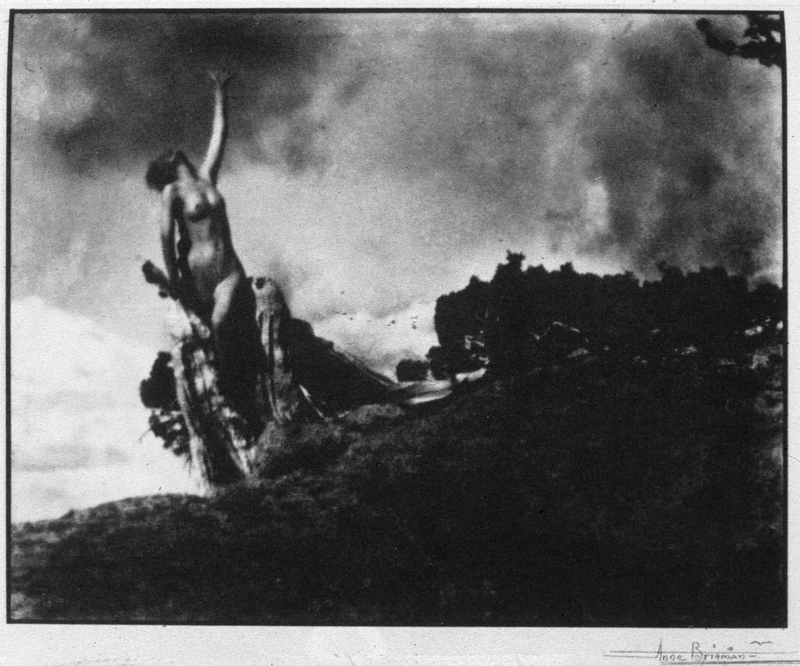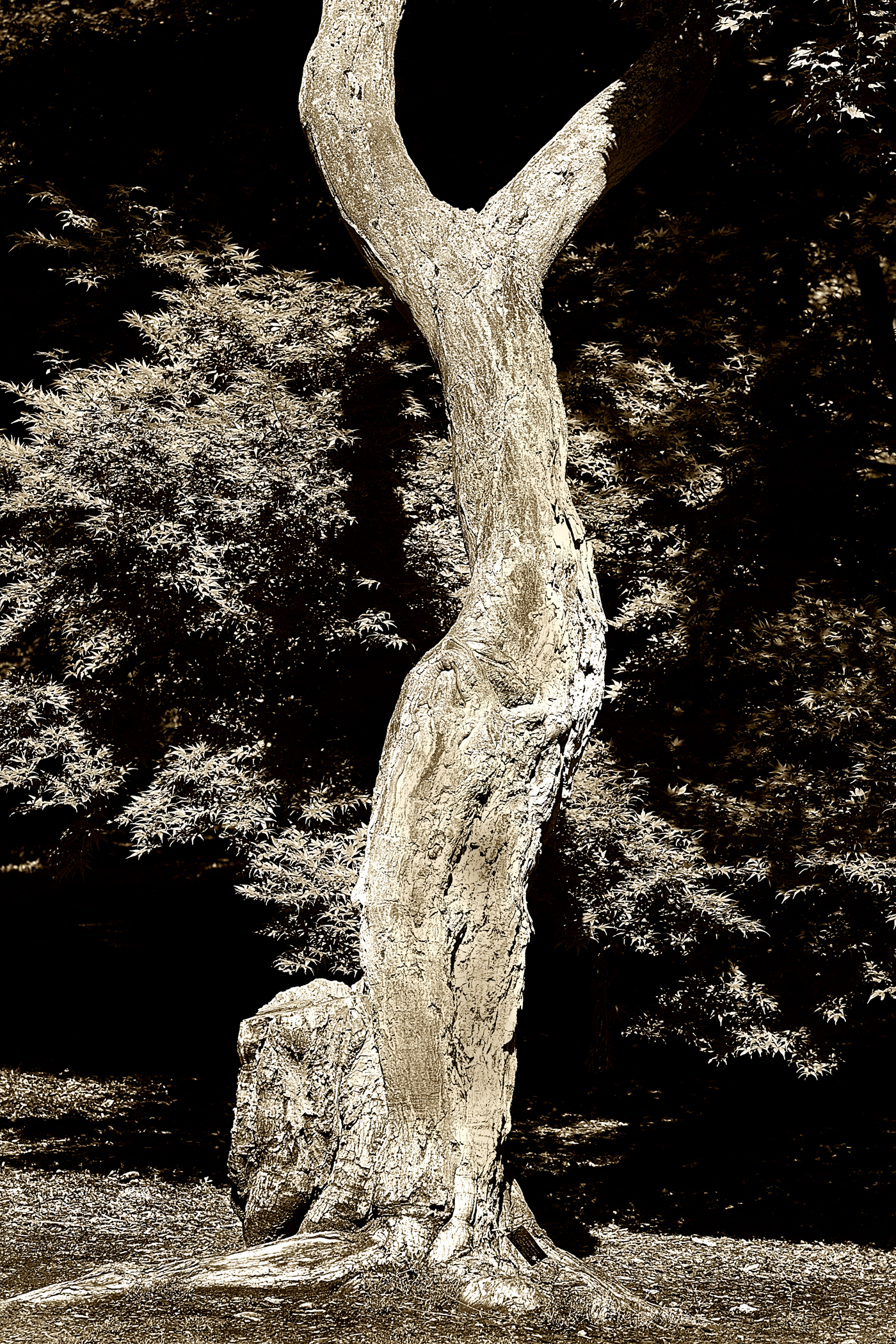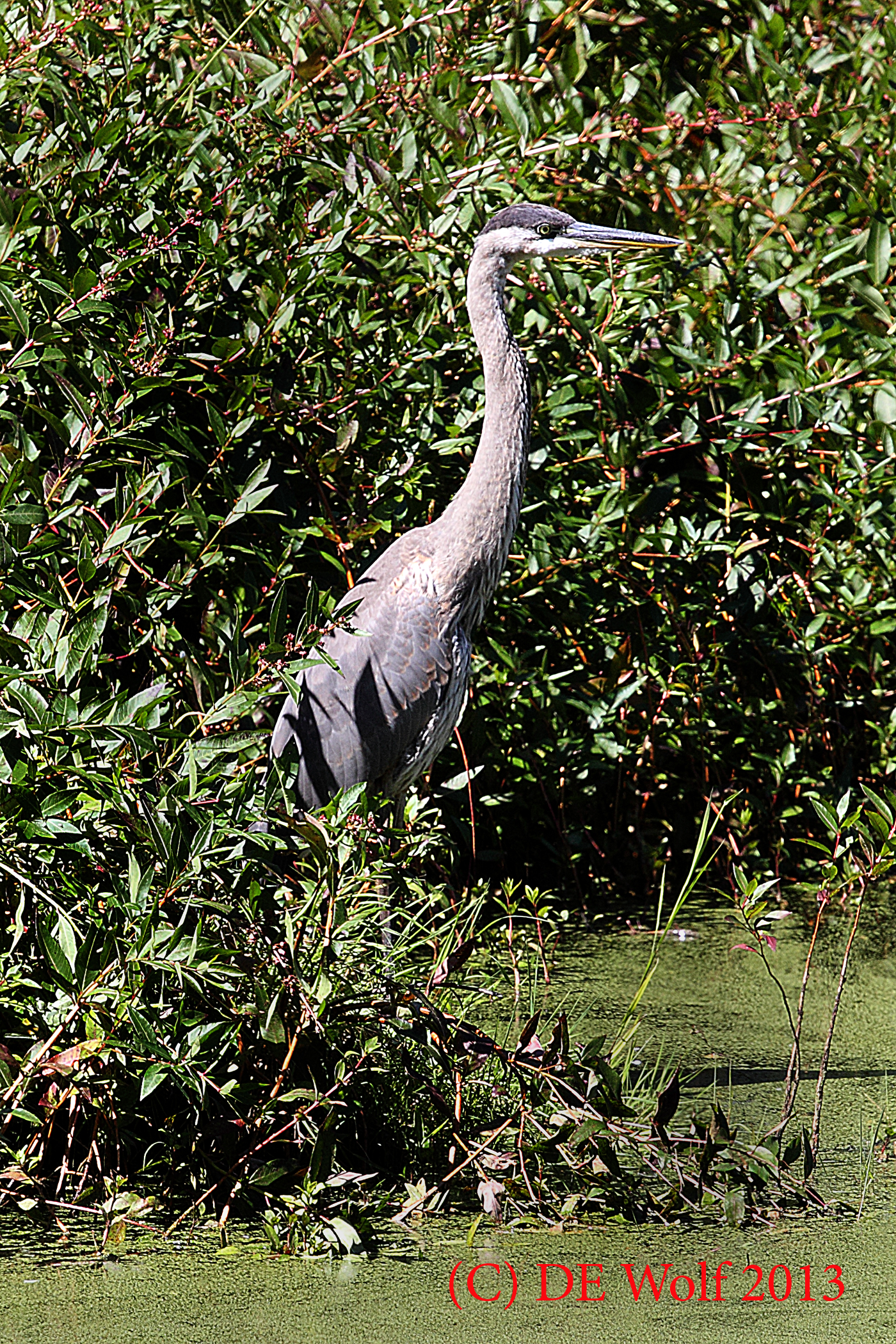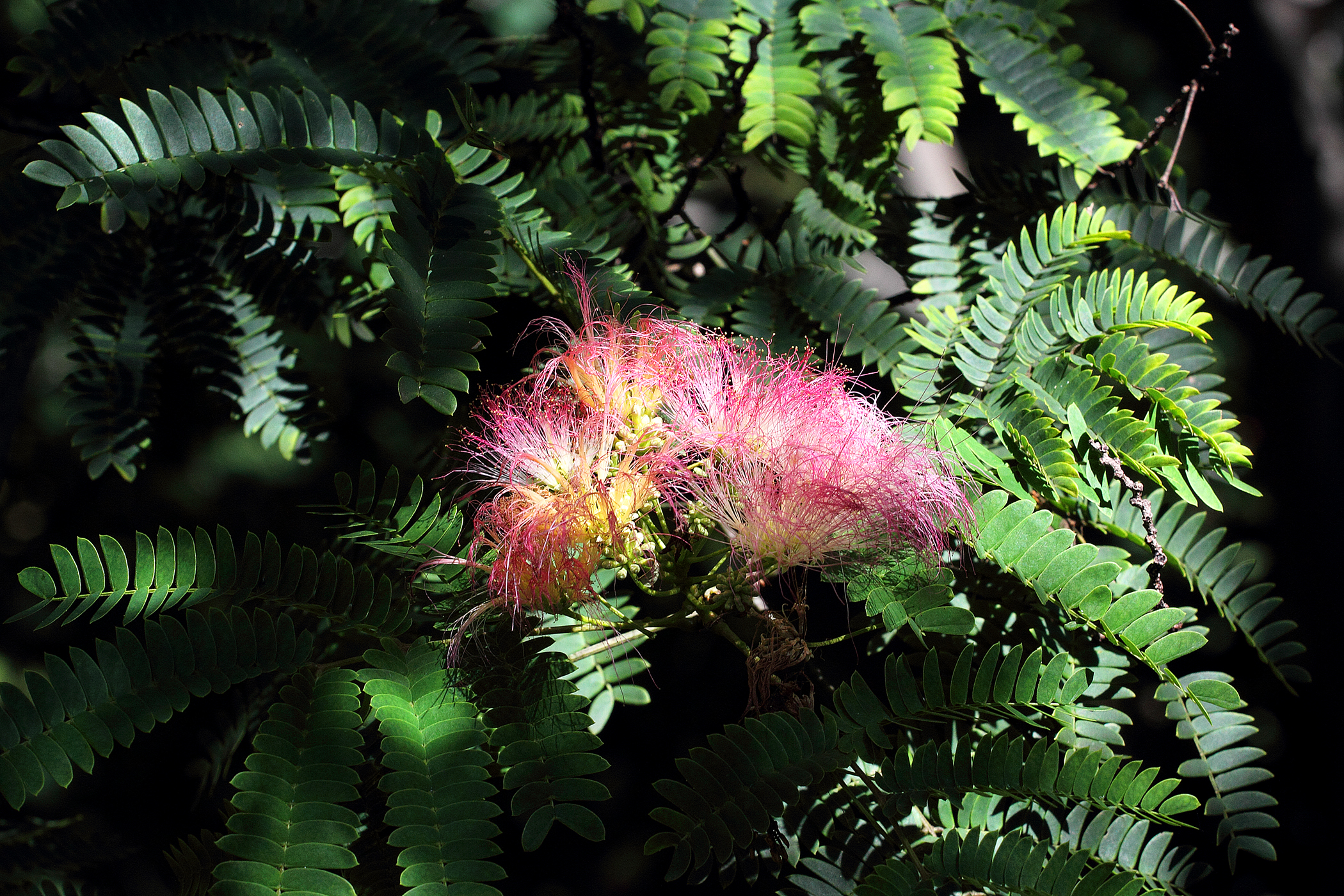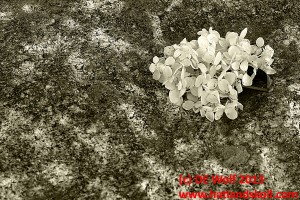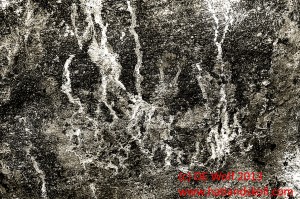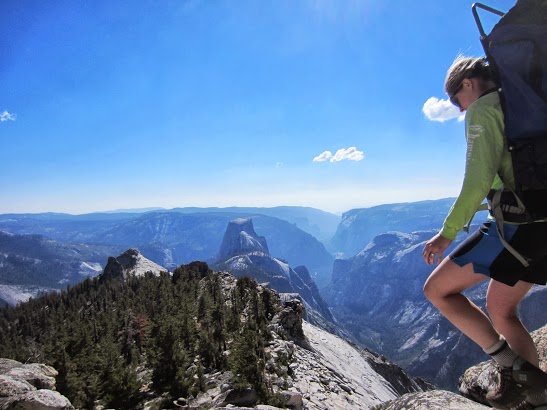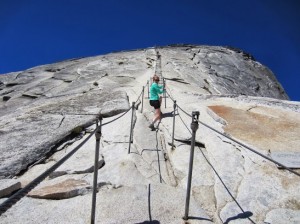I was at a dinner party the other night when I observed an antique rite. People were looking at a package of snapshots. While it is not as antiquated as, say, practicing the Elysian mysteries, and we can be grateful that no animal sacrifice was involved, it was nevertheless antiquated. In fact, I cannot tell you when I last looked at a stack of photographic prints fresh from their little, once Kodak envelopes. And I certainly don’t miss squinting at someone’s slide through a hand slide viewer.
I was relieved, at least, to observe that these were not film prints, but rather digital ones. Still the reality is that when you say something like “Do you have any pictures of your adorable children,” you no longer expect the person that you are asking to dig through his/her wallet and pull out a dogeared print of buck-toothed little Billy and pigtailed Mary Sue. Today the pics are shown to you on a smart phone, computer pad, or laptop.
Of course, this is only the latest in a long chain of events that progressed photography from scarcity to plenty. First you went to the Daguerrean Parlor to have a single (although multiples were a possibility) made and placed in a fancy little case that you either carried close to your heart or displayed with pride on the mantel. It was at once a much beloved keepsake as it was a symbol of affluence. Then there were albumin prints, and tin prints. And of course the great democratizing event was George Eastman’s invention of roll film and the box camera. And now my generation has stacks of envelopes in drawers and boxes as well as albums filled with deteriorating color prints. My sister and I cleaned out our parents apartment; so I harbor no illusions of what will become of these.
The profoundest point in all of this is that something else is slowly changing. It used to be that the goal of the art was to produce a print. Prints have a somewhat limited and nonlinear dynamic range, but wonderful resolution. Until very recently, every photograph that I did was aimed at the production of a great print (or at least a masterly print) and every one that I viewed to be of value I had printed. More recently I have been taking so many photographs, and I have to say, experimented with so many images, that I don’t always print them out. And this is not a value judgment. While I have settled upon a very excellent print service in BayPhoto, and while these prints don’t take up so much room in the archival portfolios that I use, I now don’t print them all. The fact is that more often then not, when I show them to someone, it will be electronic. This is especially true when I share them on this website or through social media. So here it is September 19. 2013 and we find ourselves, yet again, plummeting headlong along the path of photographic evolution. The next innovation, the one we cannot yet anticipate, is just around the corner.

